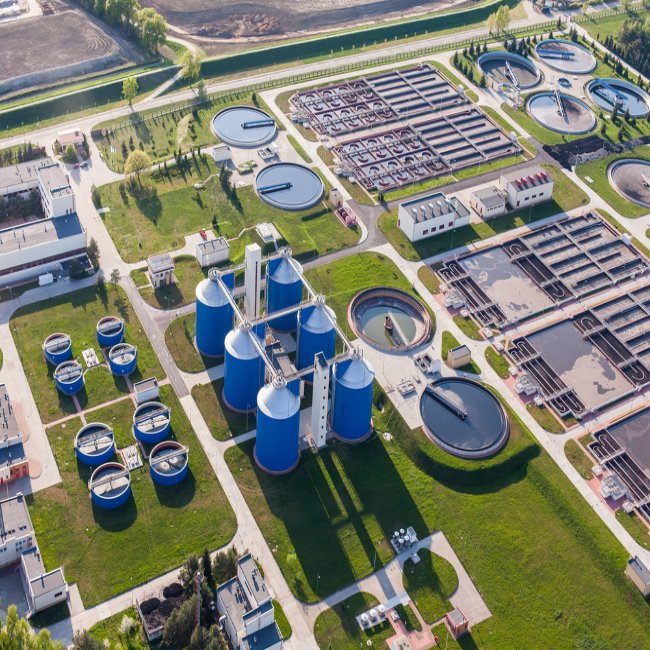- Home
- MBR Membrane Bio-Reactor
MBR Membrane Bio-Reactor
About
STP
MBR Membrane Bio-Reactor
A Membrane Bio-Reactor (MBR) is an advanced wastewater treatment process that combines biological treatment with membrane filtration. It involves the use of fine-pore membranes to separate suspended solids, microorganisms, and other contaminants from the treated water. In an MBR system, the wastewater is first subjected to biological treatment in a bioreactor. This typically involves the introduction of microorganisms (activated sludge) that biodegrade organic matter and remove pollutants through their metabolic activities. The bioreactor provides an environment for the microorganisms to thrive and efficiently break down the wastewater constituents.
The mixed liquor, consisting of wastewater and suspended biomass, is then brought into contact with the membranes. The membranes act as a physical barrier, allowing only treated water (permeate) to pass through while retaining the suspended solids, microorganisms, and other particles (biomass). The filtration process effectively removes particles, bacteria, viruses, and even dissolved substances, resulting in high-quality effluent.

The process of MBR (Membrane Bio- Reactor) :
- Wastewater enters the MBR system.
- Biological treatment occurs in a bioreactor, where microorganisms break down organic matter and remove pollutants.
- Fine-pore membranes separate treated water (permeate) from suspended solids, microorganisms, and particles.
- Permeate is collected as high-quality effluent.
- Periodic cleaning of the membranes is performed to maintain their performance.
- Concentrated biomass (sludge) is periodically removed from the system.
- Effluent undergoes disinfection and polishing if necessary.
- Treated water is either reused for various purposes or discharged into the environment.
BENEFITS of MBR:
- High-quality effluent with low turbidity and pathogens.
- Compact footprint and space-saving design.
- Efficient removal of suspended solids and contaminants.
- Flexible and adaptable to varying wastewater compositions.
- Reduced sludge production and minimized odor.
- Potential for water reuse and resource recovery.
- Enhanced nutrient removal capabilities.
- Resistant to hydraulic and organic shock loads.
- Improved process control and stability.
- Compliance with stringent environmental regulations.
Some Technologies of MBR Are :
- Hollow Fiber Membranes: Cylindrical membranes with small pores used in submerged MBR configurations.
- Flat Sheet Membranes: Flat sheets with microscopic pores used in submerged and external MBR configurations.
- Crossflow Filtration: Water flows parallel to the membrane surface to prevent fouling.
- Backwashing: Reverse flow of water to remove accumulated solids and maintain membrane performance.
- Chemical Cleaning: Use of specialized cleaning solutions to remove stubborn fouling.
- Membrane Aeration: Introduction of air or oxygen to enhance biological activity and minimize fouling.
